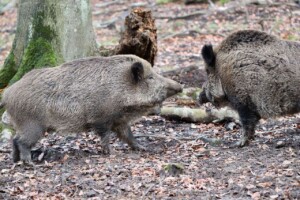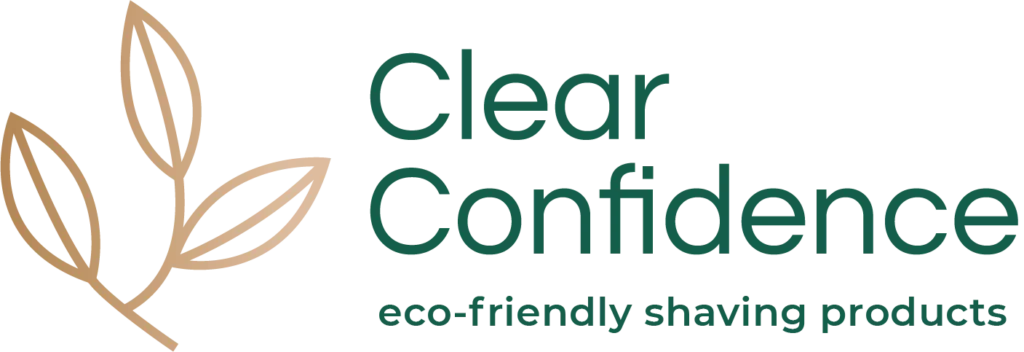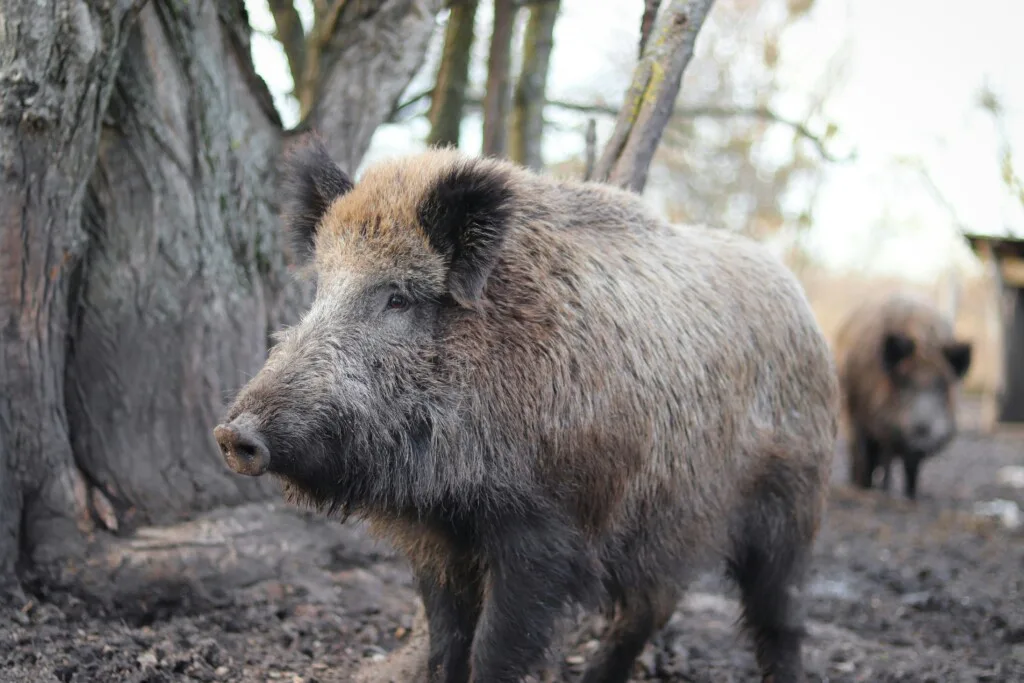Male Grooming, Personal Care, Shaving
How Are Boar Bristles Harvested?
Shaving brushes have been made from natural fibres since antiquity.
The practice of shaving is even older, dating back thousands of years. The Ancient Greeks shaved their faces to distinguish themselves from hairy barbarians. Alexander the Great ordered his men to shave their beards because he believed it looked tidier.
Of course, back in these times, there was one main source for natural hairs and fibres: animal hair.
It’s likely that a variety of animal hairs were used in primitive shaving brushes, but it wasn’t until the 1800s that badger and boar hair became the chosen animals of choice for shaving bristles.
So, how are boar bristles harvested?
Table of Contents
Badger and Boar Hair Shaving Brushes
When shaving became mainstream throughout Europe in the 1800s, the French developed the modern-day shaving brush.
Badgers and boars were the main animal hairs of choice. They’re strong, dense and hold their shape over time. Badger and boar hair isn’t like dog hair or our own hair, it’s much stiffer. It’s still soft, though, depending on where on the animal it’s harvested. Some badger hairs are taken from the back of the badger whereas the softer, most expensive hairs are taken from its belly.
It’s likely that boar hair follows a similar method. The softest, finest hairs will be taken from the boar, likely from its underside rather than its back.
Today, we don’t need to use badger or boar hair in shaving brushes – but they’re still very common. It’s the same when it comes to paintbrushes or even boar hair hairbrushes (yes, they are a thing).
Animal hairs are still selected for their natural qualities and tradition. Many will argue that you simply can’t recreate the feeling and texture of a badger or boar hair shaving brush.
Naturally, at Clear Confidence, we disagree.
Why You Shouldn’t Use Badger or Boar Hair Shaving Brushes
Badgers and boars do not grow hair like sheep. They can’t be harmlessly sheared for their excess hair each year.
The hair of badgers and boars is pretty short and does not grow that quickly. Removing it is a painful and enduring process that can result in death or permanent injury.
PETA films recently uncovered the disgusting conditions at badger farms in East Asia. However you feel about the organisation, the evidence really speaks for itself, and PETA isn’t the only ones to find cases of serious mistreatment of badgers.
This actually led Proctor and Gamble and other multi-nationals to ‘declare’ they were going to ban badger hair. Whether there is any permanence to this claim, or whether it was just a PR stunt, is unclear.
In short, then, badger hair at least almost certainly involves some level of cruelty. Badgers are powerful, defensive and noble creatures, but they’re not aggressive unless they’re attacked or otherwise surprised.
The amount of people you know who’ve been attacked by a badger is evidence enough of the fact that badgers do not deserve to be hurt!
Whilst the evidence of hurt to badgers is inarguable, boars are a little more complex, and we had to do some digging to find out how boar hair is harvested.
How are Boar Bristles Harvested?
Whilst badgers are relatively small and easy to contain, boars are larger and much more powerful.

Furthermore, badger meat is not consumed whereas boar meat is consumed.
Information surrounding boar hair harvesting techniques on the internet is admittedly scant. There is this study, from Jamaica, which indicates boar hair is often taken from dead pigs and then exported for use in brushes.
Whilst this isn’t as immediately shocking as badger hair harvesting, it still involves the slaughter of boars and pigs by proxy.
Another source we looked at was this review of boar hair hairbrushes.
Some hairbrushes here are labelled specifically as ‘cruelty-free boar hair’. This would indicate that such an industry does exist.
On an eco-toothbrush review site, a German brand Fuchs says that their boars are well cared for and are only shaved lightly for their bristles.
Mixed Messages
There are also plenty of discussions about boar hair (and other animal hair) on art forums – where people discuss the use of animal hair in paintbrushes.
Again, these discussions are generally inconclusive, but some anecdotes mention that boar hair farms are usually situated in China and Asia. China and many Eastern Asian countries have very poor animals rights standards compared to the world standard.
It’s in China where most issues with badger hair harvesting were encountered. Whilst some anecdotes about boar hair farms say that the hair is sheared similarly to how it is with sheep, this shouldn’t be taken on trust.
Moreover, even if boars are being kept on farms and sheared periodically without adverse harm, there is still a question mark over how the animals are reared and kept.
It doesn’t matter how ‘humane’ the shaving of the hair is if the animal itself is kept in torrid conditions.
It’s Safe to Assume That…
Answering the question “how are boar bristles harvested” with 100% certainty is impossible.
But, it’s safe to assume that boar hair is not always harvested ethically.
In fact, unless there’s serious evidence that the animals are genuinely kept in excellent conditions and come to no harm during shaving then you really can’t say that boar hair is ‘probably fine’.
Of course, for any vegans, boar hair is already out of the question. But, for anyone else that avoids buying animal products for ethical reasons, boar hair is worth adding to the tally.
You Don’t Need Animal Hair Shaving Brushes Anyway!
Badger and boar hair shaving brushes ought to be cast to history.
Shaving brushes like Clear Confidence’s Vegan Shaving Brush use high-performance synthetic bristles. They outlast badger and boar hair brushes, perform just as well, but the main thing is:
They don’t involve cruelty to animals.
For many, this is essential. There’s just no need for harming animals for their hair anymore. For badgers, the harm caused by the badger hair industry is inarguable.
For boars, the industry is highly questionable at least.
The ethical choice is to switch to a vegan shaving brush today.



8 simple steps to the best shave
8 simple steps to the best shave possible